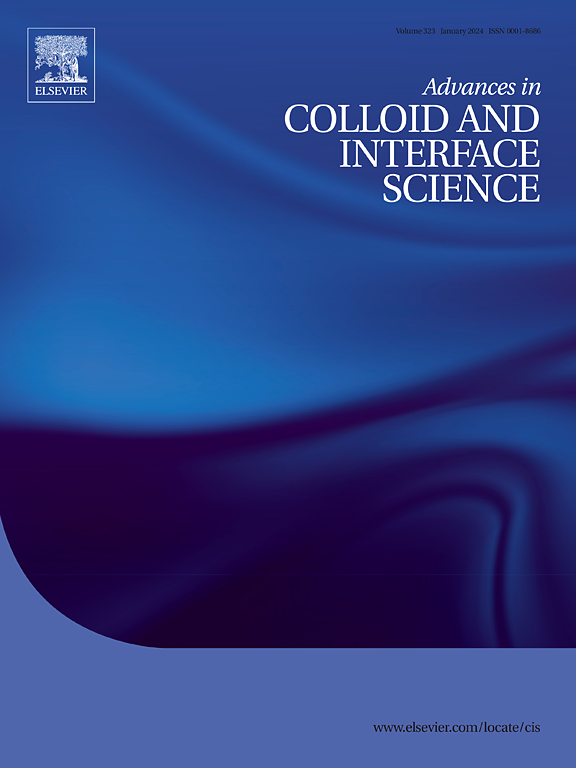Peptide nanoarchitectonics beyond long-range ordering
IF 19.3
1区 化学
Q1 CHEMISTRY, PHYSICAL
引用次数: 0
Abstract
Long-range disordered structures are ubiquitous in biological organisms and hold crucial significance for their unique structure and function. Inspired by these natural architectures, much attention has been devoted to constructing long-range disordered materials based on biomolecules in vitro. Peptides, especially short peptides consisting of several to dozens of amino acids, have emerged as ideal building blocks due to their versatile structural and functional diversity, along with their notable biocompatibility and biodegradability. As a result, significant efforts have been made to develop short peptide nanoarchitectonics with long-range disorder (SPNLRD). Understanding the fundamental mechanisms underlying the formation of SPNLRD is crucial for the precise design and construction of these architectures with specific functionalities. This review summarizes the latest advancements in the construction and application of SPNLRD. We place particular emphasis on the design principles for SPNLRD construction and stabilization, based on a comprehensive discussion from the perspectives of thermodynamics, kinetics and intermolecular interactions. Finally, we assess the critical challenges currently facing SPNLRD and highlight the future directions in the field, proposing research strategies aimed at enhancing the stability and improving the precision of control over these materials.

超越长程有序的肽纳米结构
远程无序结构在生物有机体中普遍存在,其独特的结构和功能具有重要意义。受这些自然结构的启发,基于生物分子的远程无序材料的体外构建受到了广泛的关注。肽,特别是由几个到几十个氨基酸组成的短肽,由于其多样的结构和功能多样性,以及其显著的生物相容性和生物降解性,已成为理想的构建模块。因此,长期无序的短肽纳米结构(SPNLRD)的研究已经取得了重大进展。了解SPNLRD形成的基本机制对于精确设计和构建具有特定功能的这些体系结构至关重要。本文综述了SPNLRD的构建和应用的最新进展。在从热力学、动力学和分子间相互作用等方面进行全面讨论的基础上,重点讨论了SPNLRD结构和稳定性的设计原则。最后,我们评估了SPNLRD目前面临的关键挑战,并强调了该领域的未来方向,提出了旨在增强这些材料的稳定性和提高控制精度的研究策略。
本文章由计算机程序翻译,如有差异,请以英文原文为准。
求助全文
约1分钟内获得全文
求助全文
来源期刊
CiteScore
28.50
自引率
2.60%
发文量
175
审稿时长
31 days
期刊介绍:
"Advances in Colloid and Interface Science" is an international journal that focuses on experimental and theoretical developments in interfacial and colloidal phenomena. The journal covers a wide range of disciplines including biology, chemistry, physics, and technology.
The journal accepts review articles on any topic within the scope of colloid and interface science. These articles should provide an in-depth analysis of the subject matter, offering a critical review of the current state of the field. The author's informed opinion on the topic should also be included. The manuscript should compare and contrast ideas found in the reviewed literature and address the limitations of these ideas.
Typically, the articles published in this journal are written by recognized experts in the field.

 求助内容:
求助内容: 应助结果提醒方式:
应助结果提醒方式:


